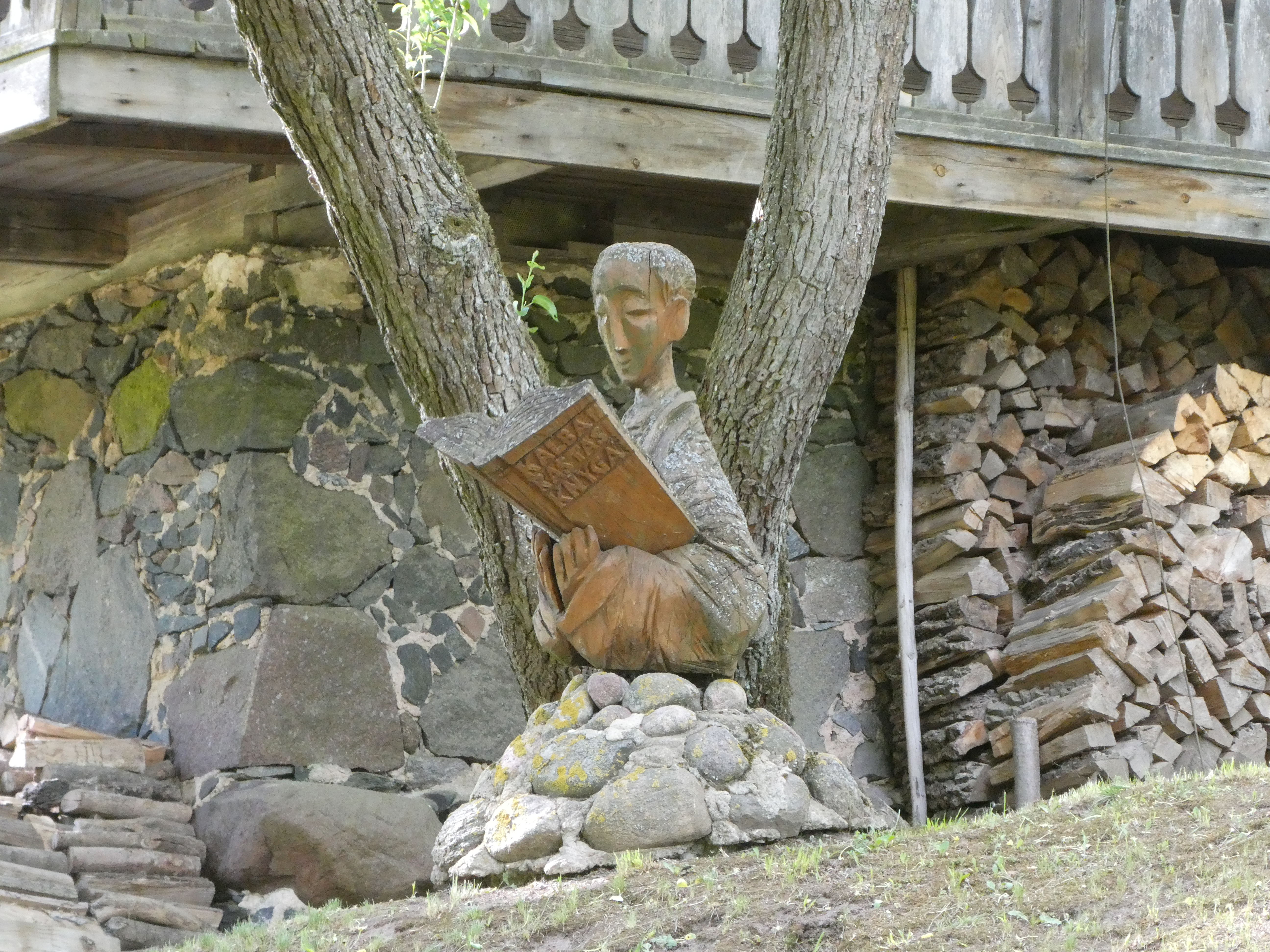Kedainiai - Krekenava - Panevezys
From Kaunas we headed North to Kedainiai. A very picturesque small and calm town where the pupils just commemorated end of school. We fled from a heavy thunderstorm rainshower into the renovated synagogue where we learned about the rich Jewish life in the region which found a brutal end with Nazi occupation. We continued to Krekenava where we paid a visit to the Nevezis Nature park's information centre and decided to venture into the Park. In addition to the beautiful landscape the cultural highlights in the park were a small museum on the "January uprising" in Paberze, as well as the local church and parish buildings.
We arrived shortly before closing time but fortunately the lady in charge, a former music teacher, spared no effort to show us everything. The exhibition is in a former manor house of a nobleman who supported the uprising together with the local priest. The uprising was a major insurrection in what is now Poland and Lithuania in 1863-1864 against the Russian empire. The insurgency failed and led to severe retaliation. Insurgents who did not die in battle were hanged, whole villages burnt down and families sent to Siberia. The use of the local languages was even further restricted, Kyrillic script was made obligatory and a press ban was enforced for 40 years. Consequently Lithuanians smuggled books in Lithuanian language into the country. The word "knygnešys" (book smuggler) does not exist in any other language except Lithuanian. One of the wooden houses which the smugglers used at that time is now also a museum some km North of in Ustronė, on the road Krekenava-Naujamiestis. Unfortunately we arrived after closing time :(
From there we continued to Panevezys - a town which is certainly not a "must have seen".

